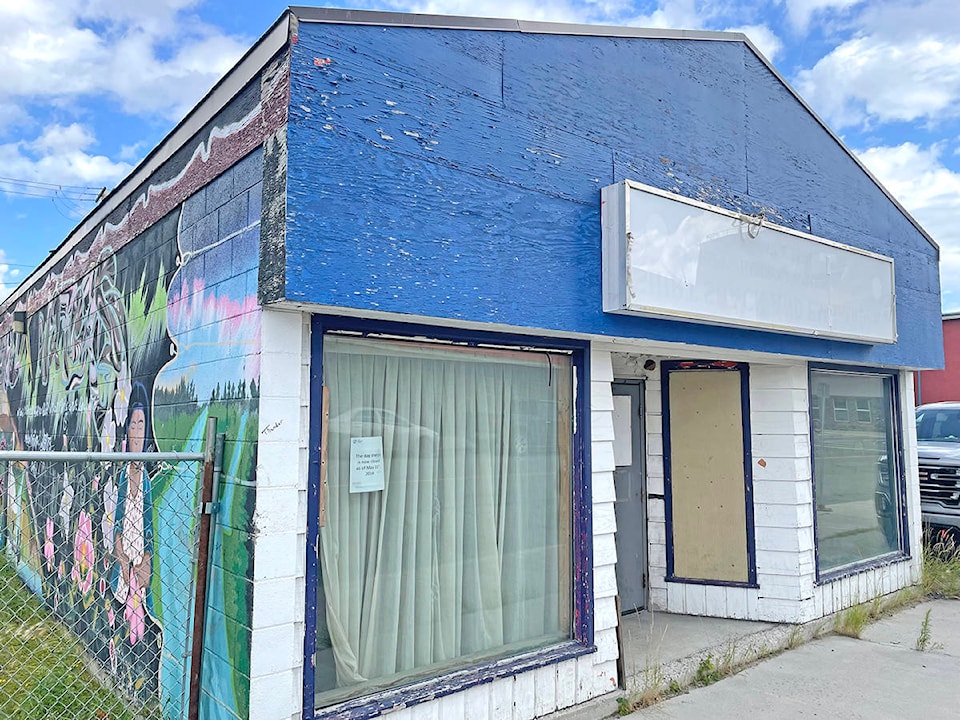Yellowknife real estate investor Robert Warburton said the depressing part out loud.
“(Homeless) shelters are difficult to build anywhere,” Warburton, owner of CloudWorks, told Yellowknifer earlier this week. “No one wants this as a neighbour. The pushback you’re hearing (about the wellness centre), you would hear that from anywhere in the city.”
And we have. Many, many times over the past couple of years.
Numerous business owners and parents have stepped forward to say, “Not on my block,” and surely an exponentially higher number of Yellowknife residents have thought the same thing.
Meanwhile, the search for homeless shelter locations presses on – both the city and the territorial government are hunting for spots to put them.
The GNWT is leaning towards using a lot it owns downtown, on 51 Street, but there’s been opposition from neighbours.
It’s true that being in close proximity to such a shelter means occasionally tolerating shouting, spitting, fights and blood. It’s not pretty at times. But these are human beings who still possess great potential.
A promising development is that Yellowknife’s transitional housing scene is looking to grow. Lynn’s Place, run by the YWCA, is seeking to double capacity from its current 18 units. The 32-bed Bailey House, overseen by the Salvation Army, celebrated its 10th anniversary in 2019. Several hundred men have taken temporary residence there over the past decade as they turned their lives around.
A point to ponder is that a substantial portion of clientele at the transitional housing centres have “graduated” there from homeless status. These are people who reach a stage where they’re ready and able to conquer their addictions, commit to an employer and to renew ties with their estranged families. They deserve another chance.
Unfortunately, not everyone will get to that point. Some have demons that cannot be overcome and they will be overwhelmed by their trials and tribulations for the rest of their lives. Some suffer from mental illness and they have no desire to have it diagnosed or treated. Yet they too still need a place to rest their tormented heads.
As has been stated on this page before — and it bears repeating — our society has become enlightened enough to create campaigns that destigmatize mental health issues. Yet here we have a homeless shelter without a home and a significant portion of its clientele suffer from mental illness. So what message are they receiving from “Beat it. We don’t want your kind around here”? It surely isn’t the warm embrace that they would so dearly appreciate.
Warburton acknowledged that a solution for the homeless shelters must be found.
“Something like this has to be a specific place. You can’t just go build in the sandpits,” he said.
He’s right about that. We can’t, in good conscious, relegate people in need to the outer periphery of the city, where some residents would prefer them to be out of sight and out of mind.
Investing in real estate is a key function of the economy, just as investing in people, including those who are struggling, is a key part of society.
Something has to give here. Why can’t it be you?
